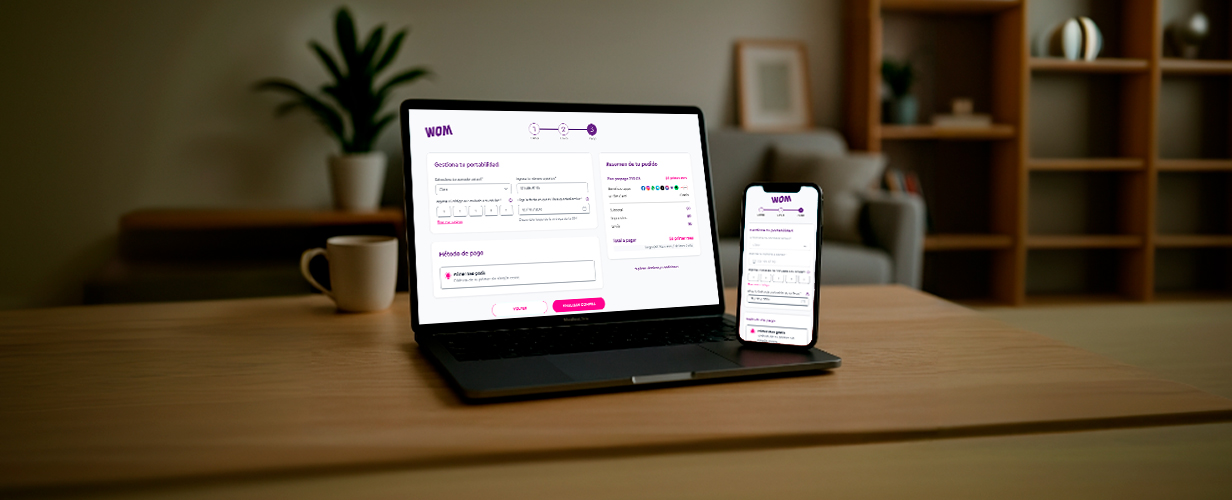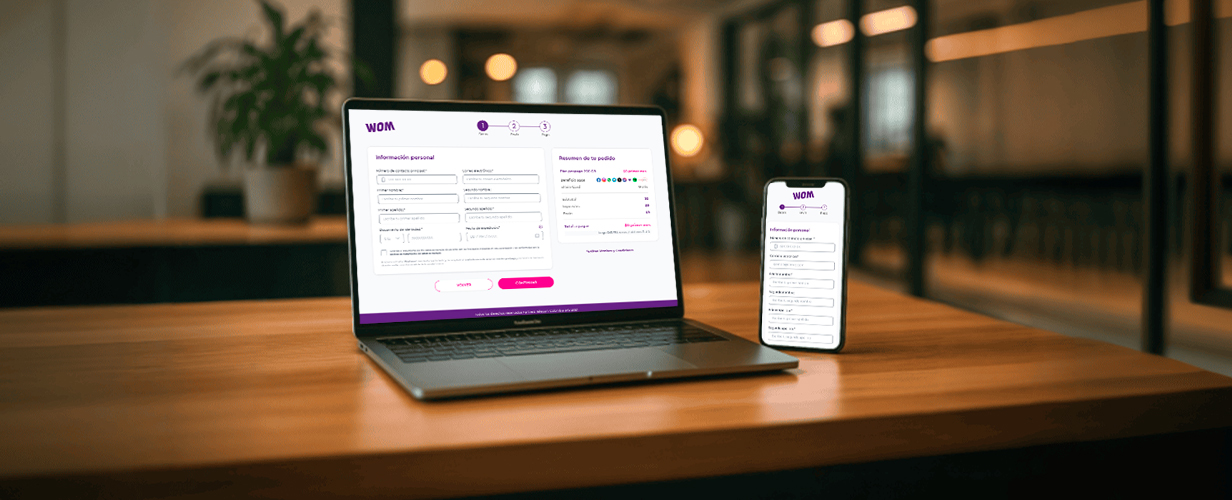
WOM Checkout Redesign
WOM asked our cross-functional squad to fix a checkout that felt more like a form marathon than a quick purchase. I led UX strategy and UI design alongside a Scrum Master, Product Owner, and two developers, working in weekly sprints.
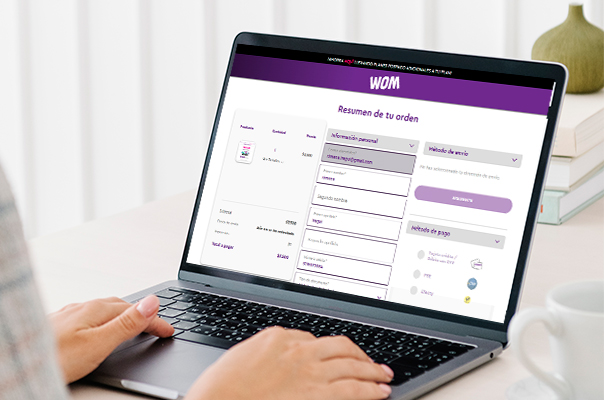
The Challenge
A single, overloaded screen confused shoppers and pushed many to quit before paying.
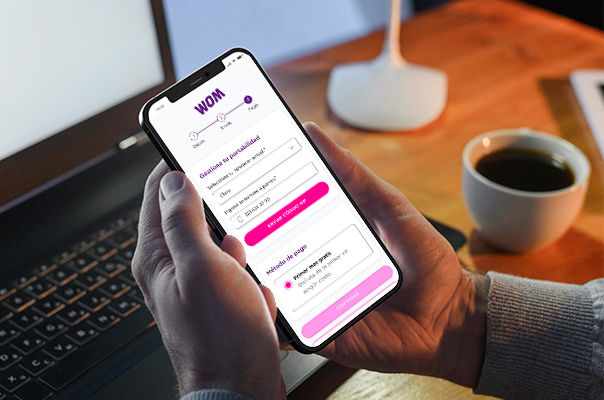
The Solution
We turned the clutter into a short, guided flow that only asks what’s really needed.
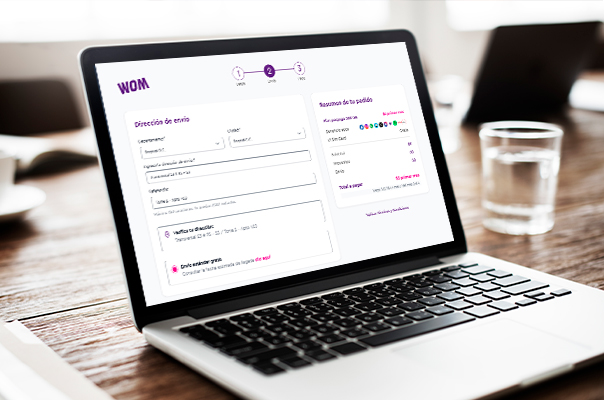
Project Result
A smoother path meant happier customers and better numbers for the business.
Project Result
By turning an overwhelming screen into a simple three-step journey, we helped WOM convert more visitors into paying customers—no extra clicks, just a clearer way to finish the purchase.
